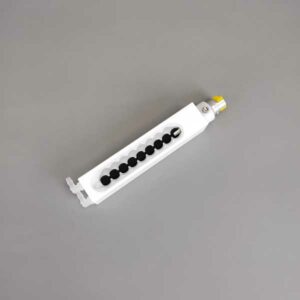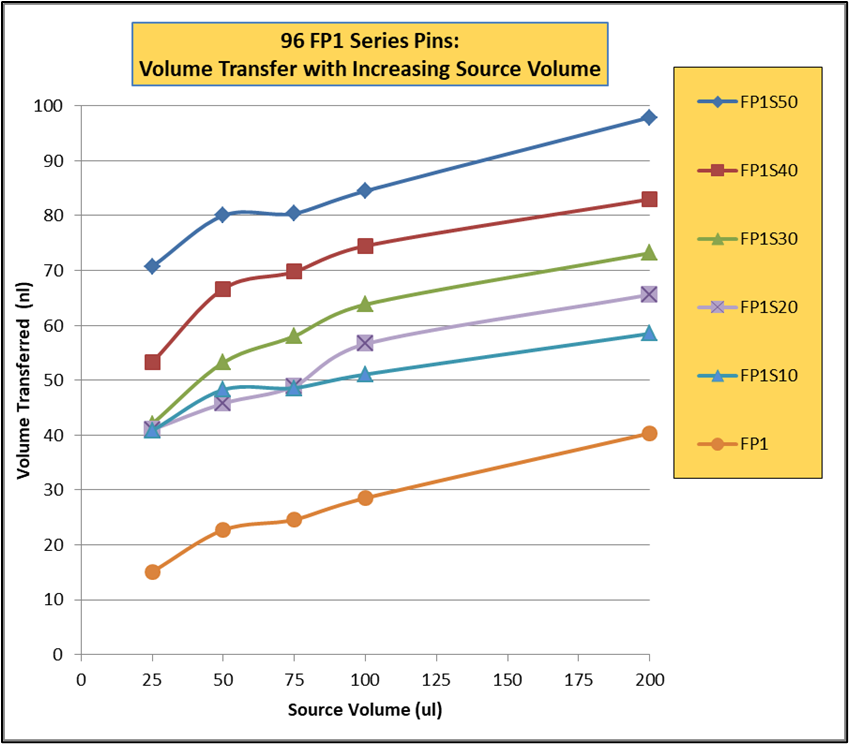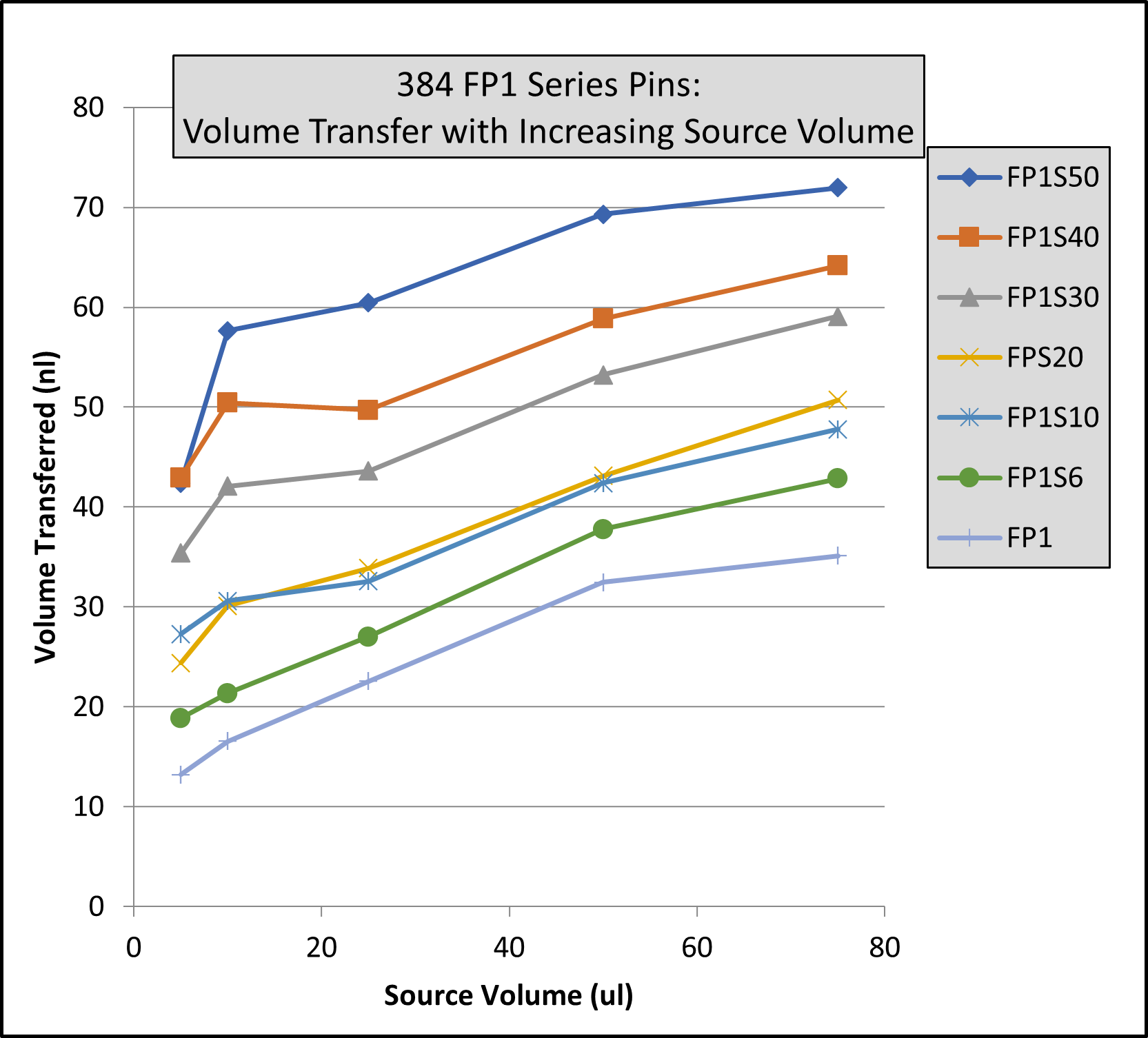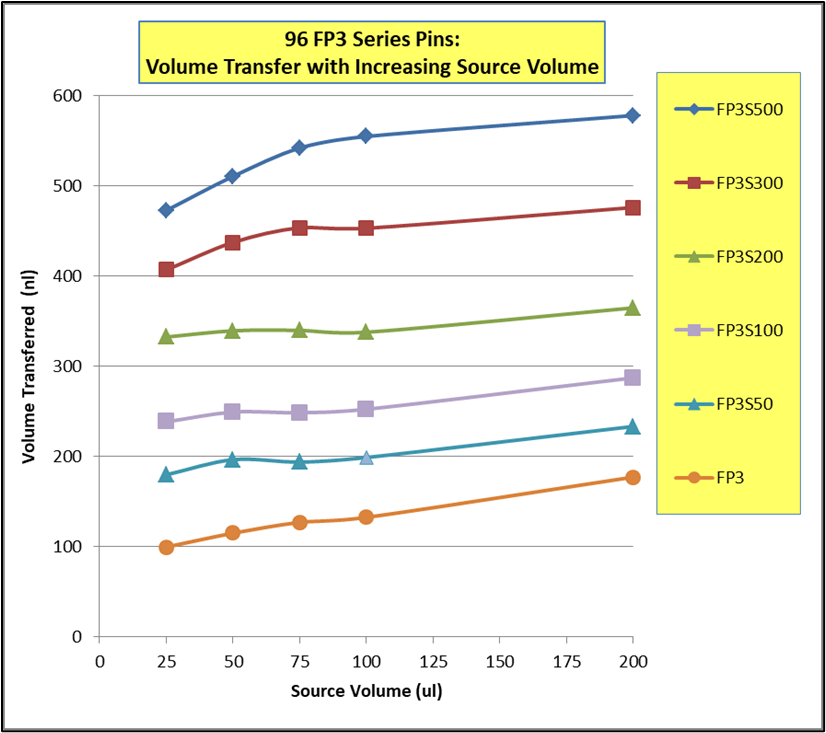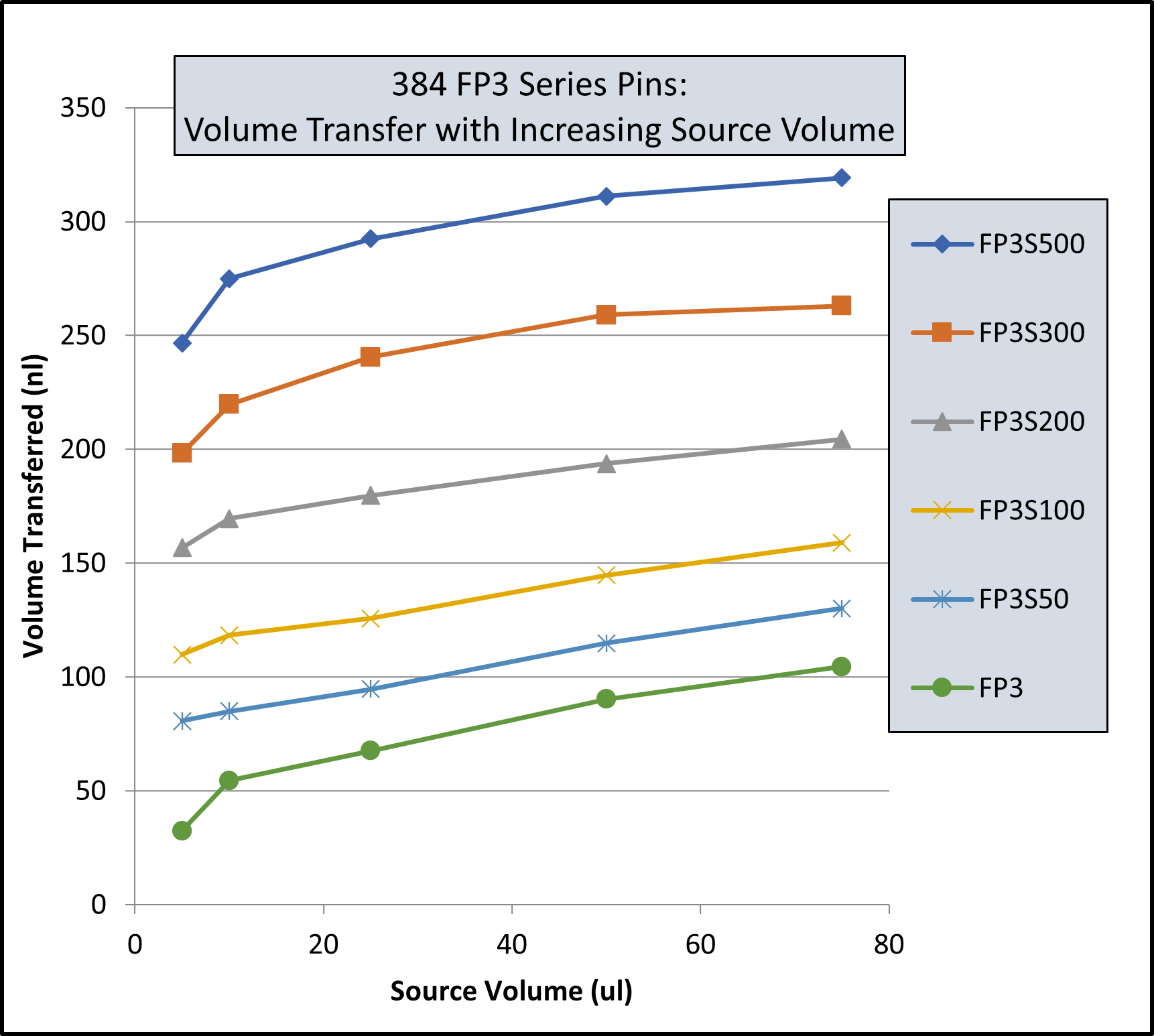ACCESSORY, Sealed Bearing and Shaft Replacement, for VP 758M-PTFE Series
VP 758M-3S
Sealed Bearing and Shaft Replacement, for VP 758M-PTFE Series
Particulate Sealed Bearing Suspension Systems in Reservoirs
Many Choices
V&P has developed over 20 different Sealed Bearing Reservoir Suspension Systems for pipetting uniformly suspended beads, cells, particles, and resins into microplates of nearly every description. We have refined, perfected, and consolidated that list down to the best 15. These reservoir suspension systems are powered by one of our 6 different direct drive motor systems.
Uniformity of Suspension and Small Dead Volumes is Important
Keeping magnetic beads, assay beads, SPA beads, glass beads, resins other particulates, and cells in homogeneous suspension while they are being pipetted to microplate wells is very important if reproducible results are to be obtained. It is also important to do this with the smallest dead volume possible when the reagents are very expensive.
The unique V&P Scientific Bubble Paddle Reservoir Suspension Systems (US Patent #6,461,034 & European Union Patent #1,314,471) provide a very simple and inexpensive way of accomplishing this goal. Whether you are using a 4, 8, 16, 24, 96 or 384 pipetting head, there is a suspension reservoir with a bubble spacing that allows a pipet tip to be inserted in the gap between bubbles. The unique contours machined into the reservoir coupled with the contours of the Bubble Paddle design results in very vigorous stirring and homogeneous suspension of the particulate contents in the reservoir. The unique feature of the Bubble Paddle Reservoirs are their exclusive design that eliminates “fall out zones” where particulates fall out of solution that are so prevalent with other mixing reservoirs. Also if the dead volume is not an issue in your assay you can use our economical VP 758A-5PP suspension reservoir powered by a VP 767A-5A motor system in conjunction with a 4, 8, 12, 16, 24, or 32 pipet head for a low-cost reservoir suspension system.
Match the Particulate and Application to the Appropriate Suspension Reservoir System:
There are many characteristics of your material that will affect where and how they are suspended:
- Size of the material – is it larger than the paddle/reservoir contour gap
- Density of the material
- Fragility of the material
- Speed at which it can be stirred without breakage
- Temperature sensitivity of the material
- Light sensitivity of the material
- Does the reservoir need to be continuously fed
All of the above features are very important; choose your suspension system wisely before you launch a new assay protocol. We have dealt with it all in the last 16 years. With our large selection of Suspension Reservoirs Systems, we can help you make the best decision for your application. We are happy to share our knowledge with you.
Keeping Magnetic Beads in Suspension with Magnetism:
We originally developed the Sealed Bearing Suspension Reservoir System to keep magnetic beads in uniform suspension. Recently we also discovered that by using parylene-coated bubble paddles powered by Vertical Tumble Stirrers, we could easily keep magnetic beads in uniform suspension and the magnetic beads would not remain attracted to the parylene-coated bubble paddles or stay on the bottom of the reservoir once the paddles begin to move. This greatly expands the number of systems possible for a magnetic bead application, furthermore, it simplifies and reduces the cost of the magnetic bead suspension systems:
If economy and uniformity of suspension are important to you, we have many solutions for you.
Advantages of V&P Scientific’s Sealed Bearing Suspension Reservoir Systems
V&P’s patented contours in the bottom of the reservoir which match the contours of the Bubble Paddles produce a vigorous upwelling current in the reservoirs to keep particulates in uniform suspension.
- The Bubble Paddles are contoured so pipet tips will fit in the gaps between the bubbles and not interfere with spinning bubble paddles
- V&P’s patented contours in the bottom design also eliminate “fall out zones” where particulates settle out in other mixing reservoirs
- Designed to fit on robot deck features to facilitate precise x and y matching to the robot pipetting system
- Designed to be taken off the deck and replaced in the exact same position
- Greatest variety of Suspension Reservoirs Systems for 1, 4, 8, 12, 16, 24, 96, and 384 pipettors
- Multiple versions of Suspension Reservoirs Systems for different volumes and applications
- Available in chemical-resistant materials (PTFE, Delrin, Polypropylene)
- Available in light blocking materials (Black Delrin)
- Available in autoclavable or chemically sterilizable materials
- Available in Aluminum versions for heating or chilling the contents of the reservoir
- Low dead volume designs to conserve expensive reagents
- Capable of continuous refilling for long run times
- Capable of mixing even solutions as viscous as honey (15,000 centistokes)
- Custom Suspension Reservoir Systems, not a problem
- Flexibility is our specialty
Accessories
See our Sealed Bearing Suspension Reservoirs Accessories
See our Replacement Bubble Paddles
V&P Scientific’s Patented Sealed Bearing Suspension Reservoir System Applications
| Keep any particulate in homogeneous suspension for pipetting of equal particle quantities into microplates or vials. There’s an endless amount of possible applications. |
|
| Our Sealed Bearing Suspension Reservoir Systems accommodate many pipetting robots and can also be used on the bench top with manual single, 8, and 12-channel pipets. |
|
| Our specialized Sealed Bearing Suspension Reservoir Systems can be used in a variety of different environments, and with unique liquids. |
|


